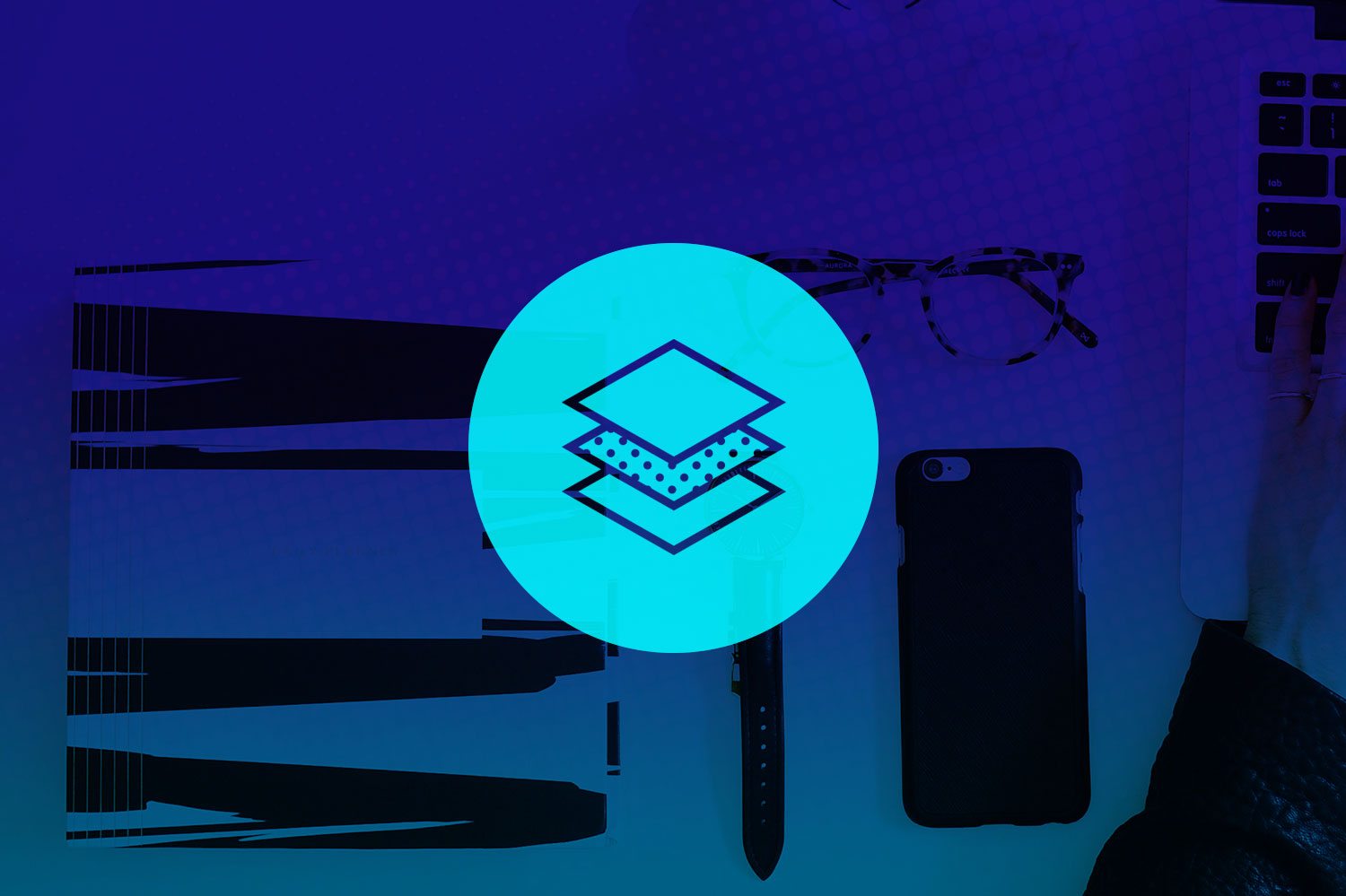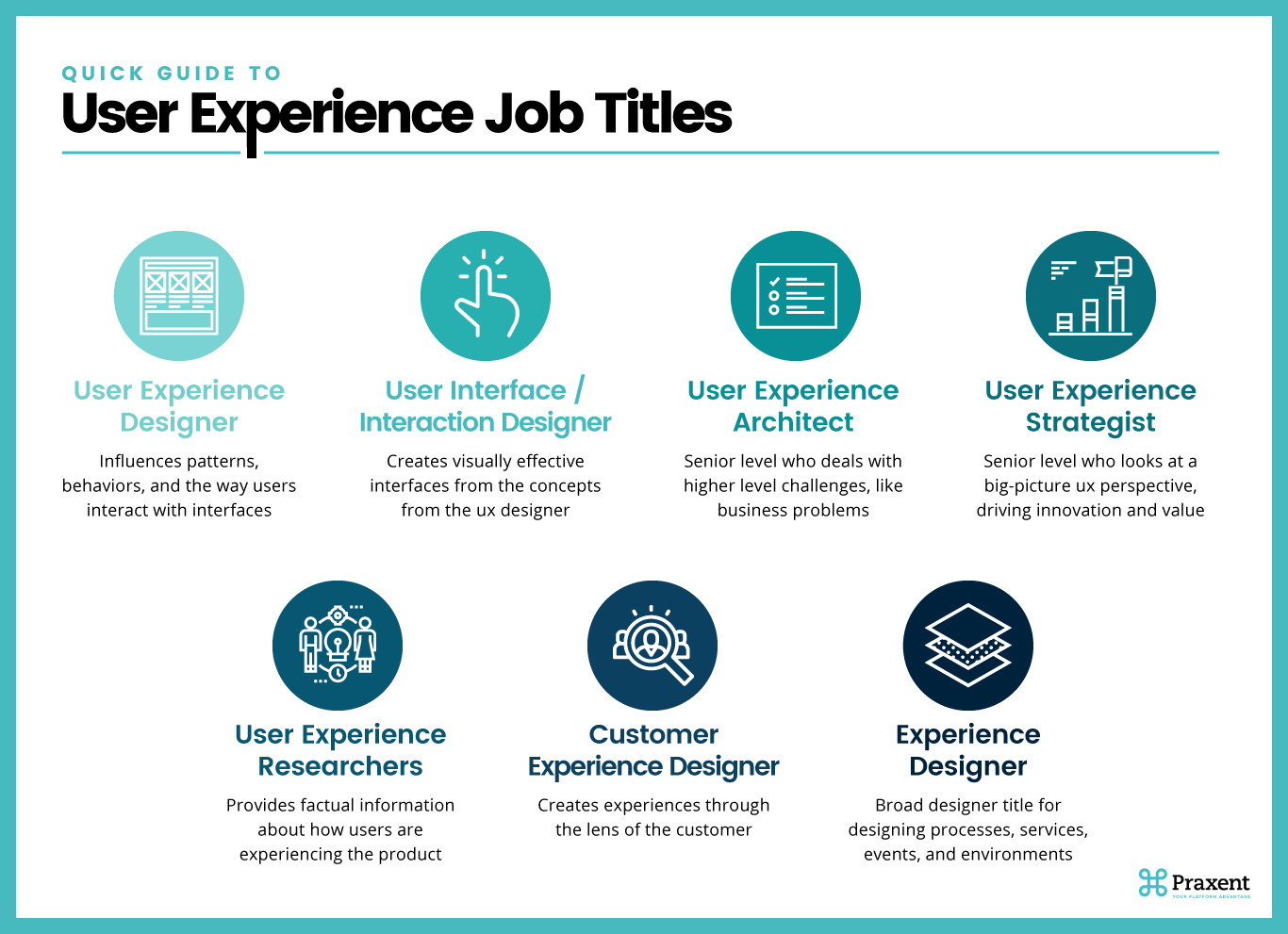
7 min read
8 Designer Job Titles & Why They Shouldn’t Matter Much in Your Search for Talent
UX designer, visual designer, creative director, UI designer…There are hundreds of different designer job titles. Some define roles specific to product development, others specific to advertising, others specific to print media or industrial design, and so on. And many of these titles overlap across industries, such as “graphic designer,” which is a role that exists in both advertising, marketing, and sometimes product development.
For someone looking on the outside, in, the diversity of designer job titles can be confusing. And if you’re conducting a talent search, pinpointing which designers to interview and how to define your needs in terms of job titles can become unnecessarily difficult.
The good news is it doesn’t need to be. While the following eight designer job titles can help clear up some of the confusion about designer roles in product development, they don’t need to define your search. In fact, you’ll be more likely to find the right person or team by focusing on the work they’ve done rather than filtering by title.

>> Leverage competitive user experience design for an unfair advantage.
User Experience 8 Different Ways
When it comes to digital product development, user experience is the most common designer job title today. But even that title has multiple variations. Here are eight different kinds of UX designers:
- User Experience Designer A user experience (UX) designer is responsible for influencing the way users interact with interfaces. It’s their job to understand the challenge of a business while balancing the needs of users. Their goal is to create ideal workflows that meet the needs of both parties equally. Typically, UX designers deliver design solutions with a series of deliverables like wireframes, site maps and journey maps. These deliverables are not primarily focused on visual design. They are instead concerned about the patterns and behaviors involved in solving problems for users.
- User Interface Designer Related to UX designers, a user interface (UI) designer is responsible for interpreting the observations of the UX designer into a visually effective interface. UI designers and UX designers often work very closely together. Sometimes, they will even be the same individual. When working together, a UX designer focuses on creating ideal workflows that meet the needs of both users and businesses, and then passes off those deliverables to the UI designer, who applies the “skin” to the final product.
- Interaction Designer An interaction designer (IX) is the same thing as a UX designer. The use of these two titles is based completely on company preference.
- User Experience Architect When “architect” is used rather than designer, it indicates someone with a lot of experience within the industry. An architect will usually deal with higher level challenges. The title “UX Architect” indicates seniority. UX architects usually have backgrounds as UX designers. Because of their experience or skill set, they assume an “Architect” position, which involves dealing with higher level challenges than tactical UX designers. UX architects are heavily involved in business problems and value propositions. They inform and direct UX designers, advocating for the business on a strategic level.
- User Experience Strategist A step above architects, UX strategists analyze a company’s business model from a big-picture user experience perspective. Their job is to drive innovation and make sure the business is creating long-term value for large segments of target users. To do this, they think strategically about what it takes to change perspectives, assumptions and behaviors of entire demographic groups.
- User Experience Researchers The main goal of a user experience researcher is to support product development by providing the company with factual information about how users are experiencing the product. UX researchers are also responsible for making sure user behaviors are understood before the company even begins developing a product. They identify user pain points by gathering research, conducting user interviews and tests, releasing qualitative and quantitative surveys, and gathering the data. They then work with a team to analyze that data, find common patterns regarding user behavior, and then make decisions based on those findings. UX researchers are most commonly found in companies dedicated to the business of a single product with a huge user base. For smaller companies, the role is less common.
- Customer Experience Designer A customer experience (CX) designer is concerned with creating experiences that hit marketing objectives. They are not focused solely on the end user. Rather, they see users through the lens of “customer.” CX designers measure their success using tools like NPS and surveys that help them understand customer satisfaction.
- Experience Designer Finally, there are experience designers (XD). This term covers a multitude of design opportunities within and outside of digital product development. This extremely broad designer job title leaves room for roles associated with designing processes, services, events, and environments that customers experience physically.
Why So Many Designer Job Titles?
In the era of print media, industry roles and the titles associated with those roles were fairly clear and defined. But today’s digital landscape shifts constantly, and technological innovation continually opens up new avenues for meeting consumer needs. With these new creative avenues comes new demand for specialized talent. And from there, new (or rearranged) job titles emerge frequently.
Not only do designer job titles vary across industry, but they also vary from business to business. For instance, smaller companies may have one person performing three different designer roles. This forces them to either create a new title or just lump the roles into one title.
Meanwhile, a large advertising agency may have a full suite of designers including graphic designers, motion designers, art directors, creative directors, associate creative directors, and an executive creative director, all working together to meet their clients’ needs.
Tips for Finding Good Designers Amid a Sea of Titles
When vetting design talent, skimming designer job titles can give you a small clue about what candidates are capable of. For more a more telling portrayal, however, look first at the quality of work and measurable results. An agency or development firm that does not have measurable results to back up their work is inevitably lacking solid UX design.
Take a look at their past projects. How did products perform once released? Look for user impact, user adoption rates, subscription longevity, and financial impact.
Interview them. A good UX design team will be able to tell you about their design process, how they accomplish tasks and achieve results through measurable metrics. They should be able to walk you through examples of past projects, illustrating what user problems they addressed and how their solutions helped the company achieve success. At Praxent, we painstakingly walk through our design process with potential clients. We help them see exactly what it would be like to work with us, and enable them to visualize what kinds of results they could expect from our UX design solutions. With ClickModel prototypes, clients can even experience their product before we begin building it.
Set the bar high for your UX talent search. Examine past work. Look for results. The real substance of a designer does not lie in his or her job title, but in the visual and experiential problems they have solved.
UX Strategy
Discover how UX is the key to giving your product a competitive advantage. Check out our ux design services and portfolio.

Leave a Reply